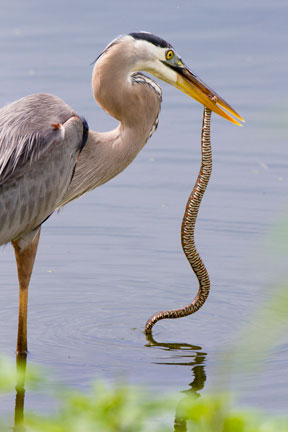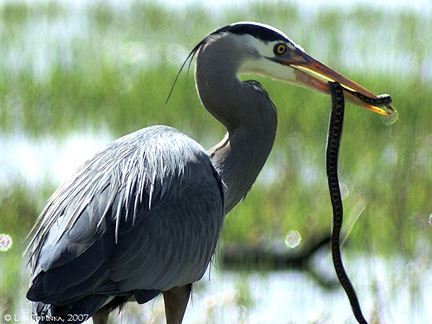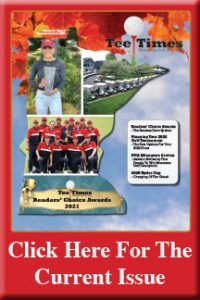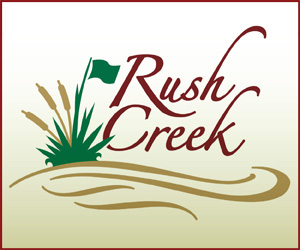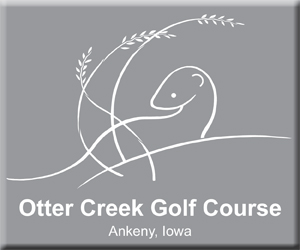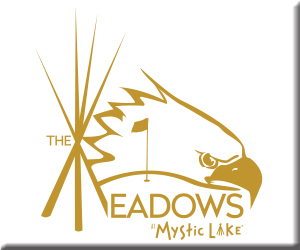Great Blue Heron Wins Battle With Cottonmouth Water Moccasin
By R.J. Smiley
As golfers, we play this wonderful game for a variety of reasons. But, when asked the question, “Why do you play golf?” Most golfers would never mention, “To get close to Mother Nature.” One of the benefits of playing golf is the rare and unexpected encounter with the variety of critters that share our golf courses, but do not pay green fees.
Most Tee Times readers are golfers. Each winter, many of our readers travel to the desert southwest and/or the warmer southeastern United States for golf trips or extended vacations as Snow Birds. Each of these areas contains vast acreage that is ideally suited for two things: golf courses and snakes. In Minnesota golfers must put up with mosquitoes and wood ticks, but there are no venomous snakes, alligators or Gila monsters to watch out for. As Minnesota golfers head for warmer climates to chase our passion, Tee Times wants to share a story of a snake and a heron, golf course critters that make golf interesting.
North America is the home of two venomous snakes that share their habitat, golf courses, with golfers. The rattlesnake, including the diamondback rattler, prairie rattler, and pigmy rattler; and cottonmouth water moccasins. The rattlesnake is the more aggressive of the two golf course snakes. But, the rattlesnake almost always issues an unmistakable warning sound using the rattle on their tail. Those who have previously heard the rattlesnake’s warning are scared out of their wits by the unanticipated sound. Both of these snakes are poisonous and their bite is extremely painful; their bite is sometimes fatal. The cottonmouth water moccasin has a reputation for being more dangerous of the two venomous snakes because it is silent, almost sneaky. If you are playing golf in the deep south and encounter a snake that coils and opens his white cotton colored mouth, head in the other direction in a hurry.
Golfers and water moccasins occasionally encounter each other because the snake’s primary food supply is found in or near swampy areas in still or slow moving water. Red or yellow stakes or lines always define these areas of the golf course, but it seems that the snakes are color blind.
Cottonmouth’s will eat almost anything from beetles to rabbits even other snakes, but the cottonmouth gets its scientific name, Agkistrodon Piscivorus from the Greek words ancistro (hooked) and odon (tooth), and the Latin words piscis (fish) and voro (to eat); thus, the scientific name translates into “hooked-tooth fish-eater.” The cottonmouth eats primarily small fish and frogs. Cottonmouths are also known as water moccasin, swamp moccasin, black moccasin, gaper, or simply viper.
This tale of Critters, Cottonmouth Water Moccasin, On The Course is about a cottonmouth and a great blue heron on a golf course located on the emerald coast of northern Florida. Two longtime members of Santa Rosa Golf & Beach Club experienced a once-in-a-lifetime scene directly from the National Geographic channel.
It was a beautiful weekday morning in late spring. The sky was filled with small fluffy cumulus clouds and the gentle breeze off the Gulf gave a hint of salt to both taste and smell. The sun had risen above the treetops as our twosome, George and Jimmy, pushed their carts through the silvery dew covered grass. Leaving a trail together like they had been doing three mornings per week for the past twelve years, they made the turn away from the Gulf and back towards the clubhouse.
As they were strolling along the cart path towards the 6th fairway, Jimmy said, “George you are going to have to get a new set of tires for your cart, those tires are worn smooth.”
“That would be the third set, maybe I should just bite the bullet and purchase a new push cart.”
The sixth has a marshy water hazard extending up the right side of the fairway. Occasionally golfers witness wildlife ranging from white egrets to the small beautiful Florida deer, and even an occasional snake. Suddenly George stopped as he noticed the silent descent of a huge blue heron with its 6-foot wingspan gliding downward toward the water’s edge. George removed his left hand from the sweat-stained handle of his pushcart and held it out sideways, palm open – the universal signal for stop. As he and Jimmy watched the blue heron’s “S” shaped neck lance forward plucking a two-foot long water moccasin from the waters edge. The aggressive hunter landed quickly as the snake squirmed and twisted attempting to strike its captor.
The heron held the tail end of the writhing camo-colored snake securely in its long orange beak as it walked slowly toward a log on the edge of the marsh. The timing was perfect. Utilizing the momentum generated by the twisting snake, the wise old blue heron slapped the head of the cottonmouth water moccasin against the log. Then again. The heron dropped the stunned snake and observed for a split second. The snake twitched, but did not attempt to strike or escape.
The heron, with its eyes lined with black mascara-like feathers, lowered its head sitting on the spring-like neck and struck the snake directly in the head with that razor sharp beak; then again. Sensing victory, the great blue heron paced gingerly around the cottonmouth. With its pumpkin colored beak the heron picked the snake up by the head. With three gulps, it swallowed the snake whole.
For a few moments the golf game was forgotten. Worn tires on the pushcart did not matter. George and Jimmy stared at the heron wondering what the huge bird was going to have for dessert.
“Wait until I tell my wife about that,” Jimmy said. “She is always asking me, ‘Why I spend so much time on the golf course’? Now I have an unbelievable story to share with her.”
“Imagine if we had been 30 seconds on either side of that amazing action we would have missed the whole thing. I did not know that herons ate snakes. I guess I never thought about what they ate. But, if I had not seen it with my own eyes, I would not have believed that a heron would use a log as a weapon to kill a snake. Those big birds are so beautiful, who would believe that they are such killers.”
“Mother Nature is beautiful, but cruel. This whole incident reminds me of the saying, ‘If a tree falls in the forest and no one hears it – is it silent?’ Imagine how many times per day that something like that happens and no human is a witness.”
After the round our twosome, tired from walking 18-holes, shared a BLT and enjoyed a beer as they replayed the scene from the 6th hole in slow motion.
“One good thing,” Jimmy said. “If that great blue heron had not killed and eaten that cottonmouth, there would have been one more of those dangerous snakes haunting our golf course.”
